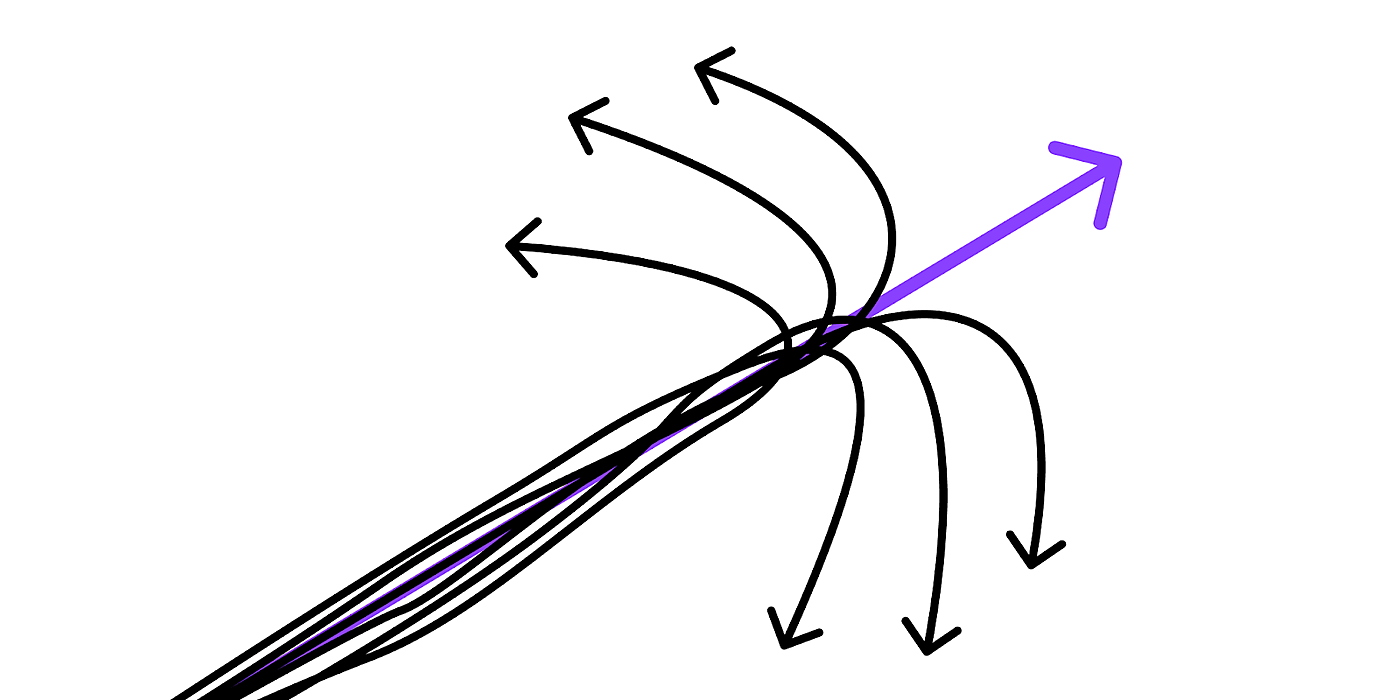
🔒 This is a free preview of a Divinations Premium post
Helmer’s Razor
Can disruption be simplified?
About 700 years ago, a boy named William was born in an English village called Ockham. When he grew up, he went away to school, and there he devoured theology, logic, and philosophy. His friends called him “William from Ockham.”
As William digested the ideas of his elders, he couldn’t resist the thought that they contained many unnecessary elements. He was a skeptic. A free thinker. He felt an irresistible urge to simplify ideas to their essence. He was the Steve Jobs of medieval Franciscan monks.
This of course got William into trouble. He was condemned by the church, and forced to plead for forgiveness in front of a papal court.
But history remembers William more kindly. A couple hundred years after he died, one of his fans coined the phrase “novacula occami” (Occam’s razor) to immortalize his signature move, and now everybody learns Occam's razor in philosophy 101. Take that, pope!
In a nutshell, Occam’s razor says “the simplest explanation is most likely the right one.” It’s not always true, but it tends to be true, because the more elements you have in an explanation, the more likely one of them is to be wrong.
The Only Subscription
You Need to
Stay at the
Edge of AI
The essential toolkit for those shaping the future
"This might be the best value you
can get from an AI subscription."
- Jay S.
Join 100,000+ leaders, builders, and innovators

Email address
Already have an account? Sign in
What is included in a subscription?
Daily insights from AI pioneers + early access to powerful AI tools








Comments
Don't have an account? Sign up!